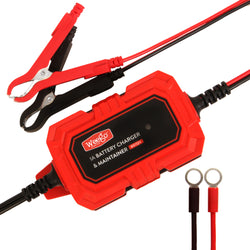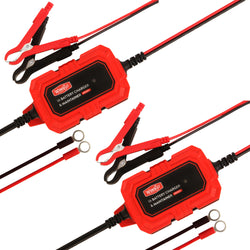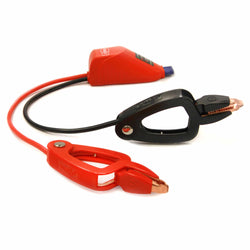There’s nothing you can do about the price you pay at the pump, forever at the mercy of what the marquee is reading at the moment. It’s frustrating, but knowing why you may pay $4/gallon one year and $2/gallon the next may help resolve some of the mystery.
Built into a gallon of fuel is the cost of five key factors:
- Crude Oil Prices: this makes up the largest portion of your expense. Many elements affect the cost of crude, including supply & demand, weather, politics, and the type of crude available (the good stuff vs. the bad stuff). In addition, crude oil production is dominated by just a few countries, so price is very contingent upon what those big players are up to (think OPEC).
- Refining Costs: When you get a barrel of oil it has to be processed in order to turn into regular, premium, super, or diesel fuel. Premium, super and diesel require more refining work than regular gas, which is why they cost more. When you have a good quality barrel of oil versus a bad quality barrel, the good stuff is going to be easier to refine into gasoline, i.e. it’s going to cost less.
- Distribution and Marketing: It costs money to get your fuel from the refinery to the gas station (distribution) – this is why areas close to refineries, like NJ and LA, pay a much cheaper price than more remote locations. In addition, it costs money for companies to tell you why their gas is the best (marketing) - who gets to pay for all that? You do! Good times…
- Taxes and Fees: Everybody wants a piece.
- Station Markup: Hey, they need to get by too. This markup can be large or small; it all depends on the individual station and what their surrounding competitors are offering, too. So enjoy this era of cheap fuel while it lasts, people! You never know when one of those five factors may need to cripple your bank account once more.














